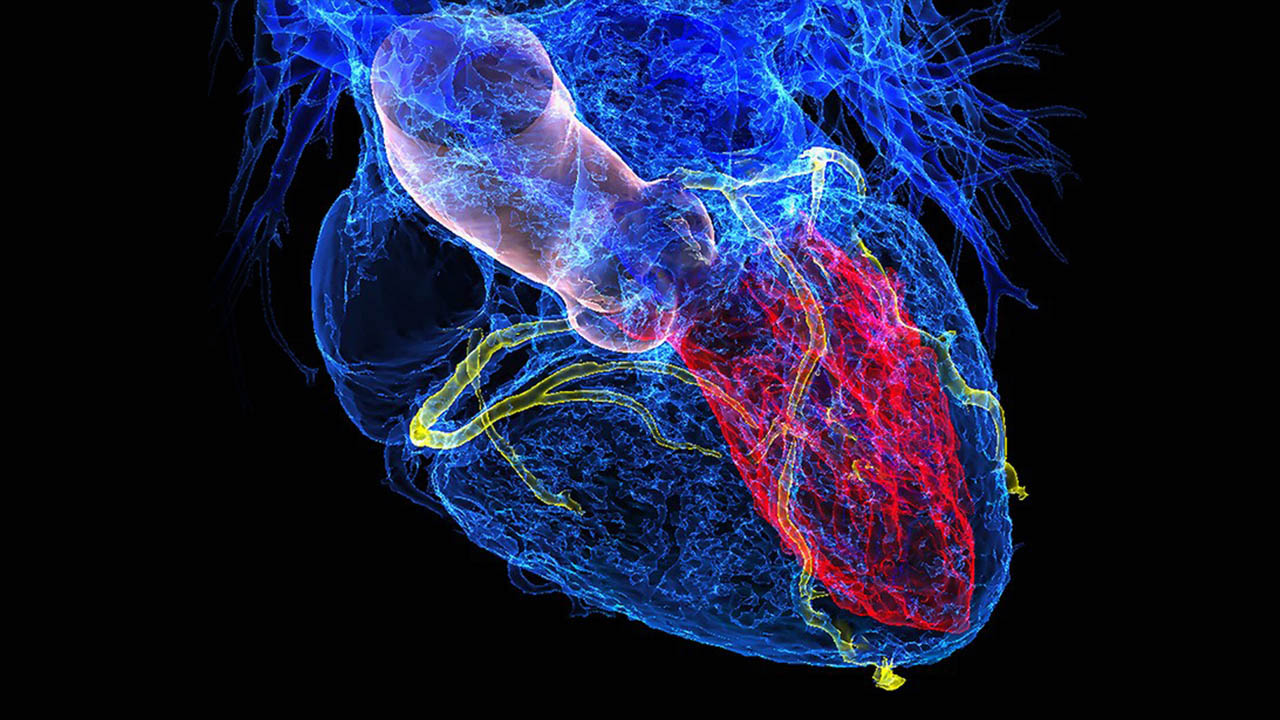
COVID-19 and Hypertension: Should You Still Be Taking Your Meds?
April 16, 2020
COVID-19 and Heart Damage: Latest Studies
August 31, 2020Assessing Cardiovascular Risk in the Face of COVID-19
It has been many years since the global healthcare system faced a challenge on the scope and scale of COVID-19, which is caused by severe acute respiratory syndrome coronavirus 2 (SARS-CoV-2).
In the current and post-coronavirus world, it is more prudent than ever to use the best available technology to evaluate the cardiovascular function of patients. That includes individuals who not only may have heart failure or hypertension, but also renal disease, diabetes, brain disease, or chronic obstructive pulmonary disease (COPD).
An underlying factor in all of these conditions is arterial inflammation, emphasizing the need to have an accurate reading of a patient’s blood pressure and degree of arterial stiffness. One reason for an increased focus on these hemodynamic factors during the current pandemic is the finding that, although COVID-19 is generally dominated by respiratory symptoms, the cardiovascular system is significantly impacted as well, and at several different levels.
Our engagement with COVID-19 clearly is not over. It is imperative that clinicians better understand the cardiovascular aspects of this infection and the more accurate ways to diagnose and monitor critical factors such as central arterial blood pressure, arterial inflammation, and arterial stiffness. Doing so will help all individuals to be better served as we confront this infection and the many bodily functions and systems it can affect.
Here’s some of what we know and are doing thus far.
COVID-19 is a vascular disease
Clinicians have been seeing COVID-19 patients with compromised circulation, blood clots, kidney damage, stroke, inflammation of the heart, and brain swelling. In short, according to Mandeep Mehra, MD, medical director of the Brigham and Women’s Hospital Heart and Vascular Center, “If you start to put all of the data together that’s emerging, it turns out that this virus is probably a vasculotropic virus, meaning that it affects the [blood vessels].” [1]
The authors of a study appearing in The Lancet in April 2020 explained that the SARS-CoV-2 virus can infect the endothelial cells, which are found, among other places, lining the interior wall of the arteries.[2] These cells have an impact on blood clotting, immune response, and other critical cardiovascular factors. These cells are being damaged in the heart, lungs, liver, and intestinal tract of individuals with COVID-19. This suggests, says Mehra, that COVID-19 “is actually a vascular illness that kills people through its involvement of the vasculature.”
A respiratory disease with vascular involvement is “virtually unheard of.”[2] Yet what scientists are seeing, according to Mehra, is that once the virus attacks the lungs, the destroyed lung tissue breaks open blood vessels. Endothelial cells then become infected, a local immune response develops, and the result is an inflamed endothelium.
Further damage occurs as “inflammation and endothelial dysfunction promote plaque rupture,” explains Sanjum Sethi, MD, MPH, an interventional cardiologist at Columbia University Irving Medical Center.[2] Clinicians have been witnessing high rates of cardiovascular damage and heart attacks among COVID-19 patients. Therefore, people with plaque in their blood vessels that could be controlled with medication may be at greater risk of heart attack if they are experiencing inflammation associated with COVID-19.
In addition, inflammation and endothelial damage could also explain why individuals with preexisting conditions such as diabetes, heart disease, hypertension, and high cholesterol are at a greater risk for life-threatening complications from COVID-19. Since all of these conditions involve endothelial cell dysfunction, the damage and inflammation caused by the viral infection could be the breaking point for these individuals.
More evidence of vascular involvement for COVID-19
In the New England Journal of Medicine, a research team recently reported on the widespread evidence of blood clots and infected endothelial cells in the lung tissue of a COVID-19 patient who had died.[3] According to the study’s co-author William Li, MD, who is also president of the Angiogenesis Foundation, it’s possible that once the blood vessels are infected, they could be the vehicle for sending the virus throughout the body, infecting other organs. This is not something normally seen in respiratory diseases.
Li noted that endothelial cells connect the entire body’s circulatory system, which consists of 60,000 miles of blood vessels. He posed the question: “Is this one way that COVID-19 can impact the brain, the heart, the COVID toe?” Could the virus travel throughout the body via the endothelial cells or enter the blood stream this way? “We don’t know the answer to that,” he said.
Inflammation is a known driver of increased arterial stiffness. In fact, in addition to being increased and a predictor of outcomes in many cardiovascular diseases, it is also well-established that arterial stiffness is increased in a number of inflammatory conditions such as rheumatoid arthritis, COPD, psoriasis, inflammatory bowel disease and others. Endothelial dysfunction is also associated with increased vascular stiffness. Whether patients with increased arterial stiffness prior to COVID-19 infection are at higher risk of severe complications or if infection accelerates arterial stiffening is not yet known. It is worth noting, however, that one hypothesis suggests that children are protected from the worst complications of coronavirus by their healthy blood vessels.[4]
The Cartesian Study
In May 2020, the Artery Society in Europe announced the launch of a multicenter research project to explore the medium- and long-term consequences of COVID-19 on the cardiovascular system. The researchers will be using ATCOR’s SphygmoCor® technology as part of its analysis of central hemodynamic patient data.
Participants in the study will be individuals with recently confirmed COVID-19 infection. They will be evaluated at 3 to 6 months post diagnosis and again 1 year after their diagnosis. Evaluation will include assessment of carotid-femoral PWV and central blood pressure waveform analysis as well as indicators of carotid geometry and stiffness, endothelial function, 24-hour central blood pressure, and small artery remodeling. Both a five- and 10-year clinical follow-up is planned to determine the risk of cardiovascular events associated with central hemodynamics and arterial stiffness among survivors of coronavirus.[5]
Bottom line
The apparent vascular nature of COVID-19 and the importance of this connection highlights the need for clinicians to evaluate the cardiovascular risk factors, including hypertension, arterial stiffness, and arterial inflammation, using the best available diagnostic techniques. The gold standard for non-invasive central blood pressure and arterial stiffness measurement is ATCOR’s SphygmoCor® XCEL. ATCOR technology equips healthcare providers with vital insights into their patients’ vascular health—including but not limited to arterial stiffness, pulse wave reflections, and central aortic blood pressure. This information will be critical as we move forward in our understanding, prevention, and treatment of individuals with COVID-19.
References
- [1]Smith DG. Coronavirus may be a blood vessel disease, which explains everything. Elemental Medium 2020 May 28
- Varga Z et al. Endothelial cell infection and endothelitis in COVID-19. The Lancet 2020 May 2; 395(10234):P1417-18
- Ackermann M et al. Pulmonary vascular endothelialitis, thrombosis, and angiogenesis in Covid-19. New England Journal of Medicine 2020 May 21
- Cyranoski D. Why children avoid the worst coronavirus complications might lie in their arteries. Nature 2020 June 11; 582: 324-325
- ATCOR SphygmoCor® technology to feature prominently in the first clinical study on arterial stiffness and COVID-19. Artery Society of Europe



